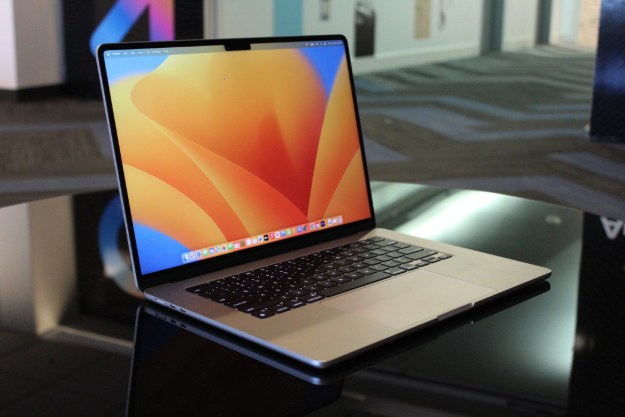Like a lot of people, I really want an Apple Silicon MacBook. Like, really want one. Watching Apple’s September event, I could not help but feel we were given a sneak peek of the company’s upcoming processors — and it only served to whet my appetite more.
The key here is the A14 Bionic chip in the newly redesigned iPad Air. Rumors have long held that the first Apple Silicon Macs will use either this exact processor or an upscaled variant of it, marking the first time an iPad and a Mac have shared the same core engine. But if you think the Mac will suffer from using a tablet processor, you could not be more wrong.

Judging from what Apple showed us in the iPad Air, future Apple Silicon Macs are going to absolutely shred the competition. We already know Apple’s iPad chips are fantastic: when we compared the latest iPad Pro to its Android rivals, the iPad Pro was so far ahead it was “not even close.” Even if Apple took the A12Z Bionic chip from the 2020 iPad Pro and chucked it into the first Apple Silicon Mac, the results would be impressive.
But Apple is not doing that — it is going further. The A14 Bionic in the iPad Air is the first tablet processor in the industry to use a 5nm process. That enables it to pack in 11.8 billion transistors, each of which is so small its size is measured in atoms.
But this is all abstract stuff — what about real-world performance? Well, Apple says the 6-core CPU in the A14 Bionic is 40% faster than the chip in the previous iPad Air. As for graphics performance, the 4-core GPU sees a 30% boost. That is a huge uptick in the space of a year, and it is exactly the kind of shot in the arm the Mac has been crying out for.
Tellingly, when Apple compared the iPad Air’s performance to what it said was the best-selling Windows laptop in the same price range, the iPad Air had up to twice the graphics performance. Mac gamers rejoice: The 60 fps (frames per second) dream enjoyed by so many for so long could finally become a reality.

Imagine all that power inside a Mac. AMD laptop chips have moved to 7nm, while Intel has only recently arrived at 10nm. On these Apple Silicon Macs, we would have a 5nm chip that manages remarkable CPU and GPU performance while staying incredibly power-efficient. The iPad Air, after all, does not need a fan, such is its efficiency. While I do not expect Apple to ditch the fans from every MacBook, a processor that can perform without getting hotter than Mount Vesuvius will be able to go faster for longer, and that can only be a good thing.
The most exciting part is that Apple is just getting started. According to a report from Bloomberg, the first Apple Silicon chips will have eight high-performance cores — four times as many as the A14 — coupled with at least four high-efficiency cores. Even if Bloomberg is wrong and Apple opts for a more conservative chip in the first Apple Silicon Macs — something like an A14X, for example — the fact that it is working on even more powerful chips is great news for Mac fans.
There is not long to wait. Apple is expected to hold an event in October where it will reveal the iPhone 12 and the first Apple Silicon Macs. Based on what we saw in the iPad Air, this could be an absolute showstopper of an event.
Editors' Recommendations
- The biggest threat to the MacBook this year might come from Apple itself
- MacBooks could soon fall behind the iPad Pro in this important way
- Apple just dashed our iMac hopes and dreams
- Apple’s big M3 MacBook event could be in danger
- Vital security update for Apple devices takes only a few minutes to install




